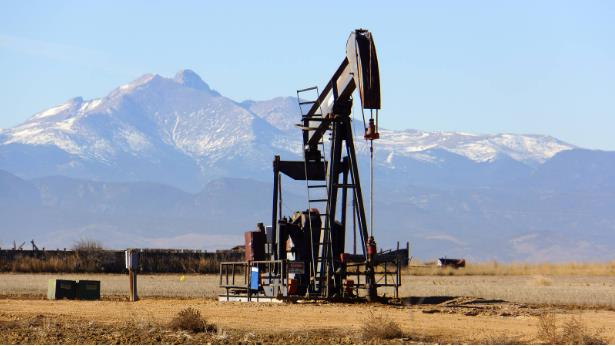The construction of oil rigs stands as an extraordinary testament to engineering prowess, addressing the global thirst for energy. Nestled in vast oceans, these monumental structures play a pivotal role in extracting petroleum resources, powering industries, economies, and contemporary lifestyles. This article delves into the intricate realm of oil rig construction, unraveling the methods, processes, challenges, and groundbreaking innovations that characterize the creation of these offshore marvels.

Understanding Oil Rig Construction:
Oil rig construction is a sophisticated endeavor demanding meticulous planning, cutting-edge technology, and a skilled workforce. The primary objective is to erect a resilient platform capable of withstanding the unforgiving conditions of the open sea while facilitating the extraction of oil and gas beneath the ocean floor. Two main types of oil rigs emerge: fixed platforms and floating structures.
Fixed Platforms:
Ideal for shallow waters, these rigs anchor to the ocean floor. Comprising steel or concrete bases extending from the seabed to the water's surface, fixed platforms find their niche in calm, shallow waters with a stable seafloor foundation.
Floating Structures:
Designed for deeper oceans where fixed platforms are impractical, floating rigs come in various forms like semisubmersibles, drillships, and tension leg platforms (TLPs). Leveraging buoyancy and mooring devices ensures stability in these challenging environments.
Detailed Process of Oil Rig Construction:
Oil rig construction is a collaborative achievement involving engineers, designers, technicians, and a diverse array of skilled individuals. The process unfolds through key stages:
Pre-Construction Planning and Design:
Thorough planning and design precede construction, incorporating feasibility studies and detailed engineering designs using computer-aided design (CAD) software.
Fabrication of Components:
Various components, serving distinct purposes, are fabricated off-site and then transported to the rig for assembly, including the foundation and superstructure.
Assembly and Integration:
Assembled components are integrated into the overall structure, involving the installation of foundations and superstructures with precision.
Installation of Equipment:
Drilling, extraction, and processing equipment are installed, encompassing drilling rigs, processing facilities, and crew accommodations.
Safety and Testing:
Safety Systems: Fire detection and suppression equipment, emergency shut-off valves, and evacuation routes are installed and tested on the rig.
Testing and Simulations: Various systems, including drilling operations and emergency procedures, are tested through drilling simulators to ensure readiness for operational use.

Transportation and Installation:
For floating oil rigs, the final construction is transported to its designated location in the open sea, employing advanced mooring systems for positioning.
Commissioning and Operation:
Commissioning involves final testing and adjustments, paving the way for drilling operations to extract oil and gas from the ocean floor.
Maintenance and Upgrades:
Regular maintenance and technological upgrades, incorporating automation and data analytics, contribute to the rig's efficiency, safety, and environmental performance.
Challenges and Innovations for Oil Rig Construction:
Navigating challenges inherent to offshore construction, the industry embraces innovations that enhance safety, efficiency, and environmental responsibility.

Challenges:
Harsh Environmental Conditions
Safety Concerns
Logistics
Depth and Pressure
Regulatory Compliance
Innovations:
Advanced Materials
Automation and Robotics
Digital Twin Technology
Drilling Technologies
Subsea Systems
Environmental Mitigation
Digitalization and Data Analytics
Hybrid Energy Solutions
Smart Sensors and IoT
Conclusion
Oil rig construction melds engineering expertise, technological advancements, and environmental consciousness. These colossal structures, whether fixed platforms or floating wonders, stand as indispensable contributors to meeting the world's energy demands.